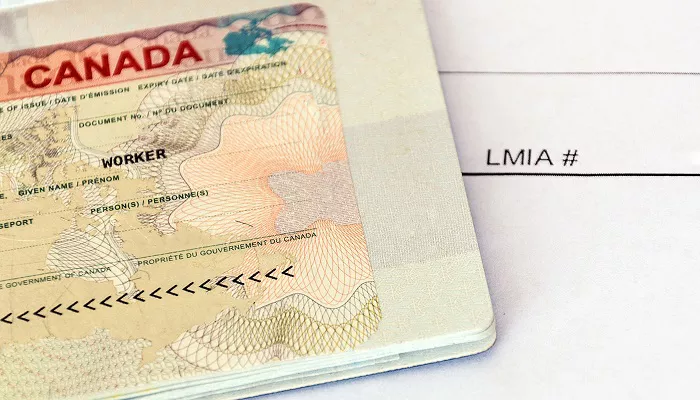The United States continues to be a top destination for international students, known for its world-class universities, diverse academic opportunities, and dynamic campus life. Whether you’re pursuing an undergraduate degree, a graduate program, or even a short-term course, understanding how to apply for a US visa as a student is crucial. Navigating the visa process can be overwhelming, especially for first-time applicants. This article provides a comprehensive, step-by-step guide to help you successfully apply for a US student visa, from understanding visa types to preparing for the interview.
Understanding US Student Visa Types
Before beginning the application process, it’s important to know which type of visa applies to your educational path. The United States primarily offers three categories for international students: F-1, J-1, and M-1 visas. These student visa types vary depending on your program of study and sponsorship status.
F-1 Visa
The F-1 visa is the most common student visa. It is issued to students attending academic institutions such as universities, colleges, high schools, private elementary schools, seminaries, conservatories, or language training programs. Most international students fall under this category.
J-1 Visa
The J-1 visa is for exchange visitors participating in programs that promote cultural exchange, including students at academic institutions. If you’re funded by a government, organization, or institution for a specific exchange program, this visa may be for you.
M-1 Visa
The M-1 visa is intended for students enrolled in non-academic or vocational study or training in the United States. These programs may include technical courses or trades.
Eligibility and Student Visa Requirements
To qualify for a US student visa, you must be accepted by a Student and Exchange Visitor Program (SEVP)-approved school. After receiving your admission letter, you will be enrolled in the Student and Exchange Visitor Information System (SEVIS) and issued a Form I-20 (F-1 or M-1) or DS-2019 (J-1). Meeting the student visa requirements is crucial for a successful application.
Academic and Financial Documentation
Applicants must demonstrate their academic preparedness and financial capability. Documents typically required include:
- Valid passport (valid for at least six months beyond your stay)
- Form I-20 or DS-2019
- Proof of financial support (bank statements, affidavits, scholarships, etc.)
- Academic transcripts and test scores (TOEFL, IELTS, GRE, SAT, etc.)
- SEVIS fee payment receipt
Intent to Return
You must prove that you intend to return to your home country after your education is complete. This often involves showing strong ties to your home country through family, property, or a job offer.
Step-by-Step Guide to Student Visa Application
The student visa application process can be broken down into several key stages:
1. Get Accepted by a SEVP-Approved Institution
Apply and gain acceptance to a SEVP-certified US school. Once accepted, the school will issue the necessary Form I-20 or DS-2019 for your visa category.
2. Pay the SEVIS Fee
Before applying for your visa, you must pay the SEVIS I-901 fee, which is required to process your enrollment in the SEVIS database. Save the payment confirmation for your records and future visa interviews.
3. Complete the DS-160 Form
The DS-160 is the Online Nonimmigrant Visa Application form. You must complete it accurately and upload a recent passport-style photograph. After submitting, print the confirmation page with the barcode for your interview appointment.
4. Schedule a Visa Interview
Visa interviews are mandatory for most applicants. You will need to schedule an interview at the nearest US embassy or consulate. Wait times can vary, so book as early as possible.
5. Prepare for the Interview
Bring all required documentation to your interview, including:
- DS-160 confirmation page
- Passport
- Form I-20 or DS-2019
- SEVIS fee receipt
- Financial proof
- Academic records
Be ready to explain your study plans, choice of institution, funding sources, and future intentions after studying in the U.S.
6. Attend the Visa Interview
During your interview, a consular officer will assess your application and ask questions to determine your eligibility. visa will be stamped in your passport within a few days or weeks, depending on processing times.
After Receiving Your Student Visa
Once your visa is approved, you can begin preparing for your journey. You may enter the U.S. no more than 30 days before your program start date. Ensure you carry all necessary documents when traveling, including your passport, visa, Form I-20 or DS-2019, and proof of financial support.
Maintain Visa Status
Upon arrival, it is your responsibility to maintain your visa status. This includes:
- Enrolling full-time each academic term
- Not working without proper authorization
- Reporting address changes to your DSO (Designated School Official)
- Renewing your visa or updating your I-20/DS-2019 as needed
Optional Practical Training (OPT) and Curricular Practical Training (CPT)
F-1 visa holders may be eligible for OPT or CPT, which allow you to gain work experience in your field of study. These programs must be approved by your institution and comply with immigration regulations.
Common Challenges and Tips
Many students face challenges such as visa rejections, processing delays, or documentation issues. Here are some tips to increase your chances of success:
- Start early and stay organized
- Double-check all forms and documents
- Be honest and confident during the interview
- Seek help from your school’s international student office
Conclusion
Securing a US student visa is a significant milestone in your journey toward studying in the United States. While the process may seem complex, careful preparation and an understanding of the steps involved can make it manageable. By following the outlined procedures, collecting the necessary documentation, and staying informed, you can set yourself on a successful path to achieving your educational and professional goals in the United States.


